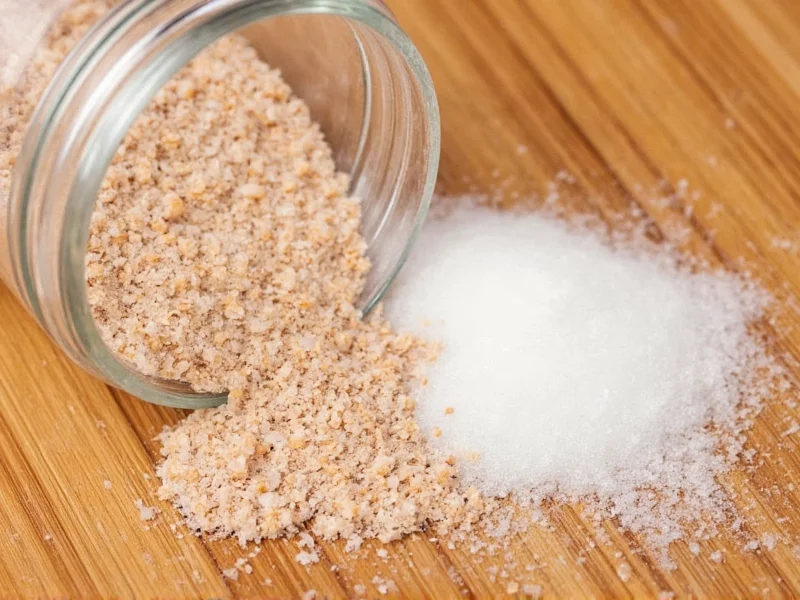Understanding the distinction between these two common pantry staples is essential for consistent cooking results. While both originate from dehydrated onions, their compositions and culinary applications differ substantially.
Composition Breakdown: What's Really Inside
Let's examine what each product actually contains:
| Ingredient | Primary Components | Typical Ratio | Additional Ingredients |
|---|---|---|---|
| Onion Powder | 100% dehydrated onion | N/A | None (pure) |
| Onion Salt | Onion powder + salt | 3:1 ratio | Anti-caking agents (like calcium silicate) |
Why the Difference Matters in Your Cooking
The salt content in onion salt dramatically affects recipe outcomes. When a recipe calls for "onion salt" but you use plain onion powder instead, you'll miss crucial seasoning. Conversely, substituting onion salt for onion powder introduces unexpected salt that can ruin carefully balanced dishes.
Chefs and home cooks frequently encounter issues when substituting onion powder for onion salt in recipes without adjusting other salt measurements. This simple substitution error causes more cooking mishaps than most realize.
Practical Substitution Guide
When you need to make onion salt from onion powder, use this reliable conversion:
- 1 teaspoon onion salt = ¾ teaspoon onion powder + ¼ teaspoon table salt
- 1 tablespoon onion salt = 2¼ teaspoons onion powder + ¾ teaspoon table salt
Going the opposite direction—replacing onion salt with onion powder—requires removing equivalent salt from your recipe. For every teaspoon of onion salt called for, use ¾ teaspoon onion powder and reduce added salt by ¼ teaspoon.
Best Culinary Applications for Each
Certain dishes benefit from one ingredient over the other:
When to Use Onion Powder
- Recipes where you control salt precisely (soups, stews, sauces)
- Dishes requiring longer cooking times (the pure onion flavor develops better)
- Low-sodium diets or when monitoring salt intake
- Marinades where excess salt would draw out moisture
When Onion Salt Works Better
- Rubbed directly on meats before grilling or roasting
- Seasoning for roasted vegetables
- Quick seasoning for eggs or popcorn
- Situations where you want combined flavor and seasoning in one step
Homemade Alternatives and Storage Tips
Creating your own onion powder without salt ensures freshness and avoids anti-caking agents. Simply dehydrate onion slices at 140°F (60°C) until brittle, then grind to a fine powder. Store in an airtight container away from light and moisture.
For those seeking onion salt measurement conversion precision, make your own blend using high-quality onion powder and fine sea salt. This approach gives you complete control over the ratio based on your taste preferences.
Both products maintain quality for 6-12 months when stored properly, though homemade versions without anti-caking agents may clump more readily in humid environments.
Common Misconceptions Clarified
Many home cooks believe these ingredients are interchangeable without adjustments. This onion salt vs onion powder in recipes confusion leads to inconsistent results. Remember that the salt component isn't merely additive—it fundamentally changes how the onion flavor integrates with other ingredients.
Another misconception involves potency. Some think onion salt provides stronger onion flavor, but actually, the salt dilutes the onion concentration. You need more onion salt than onion powder to achieve equivalent onion flavor, which simultaneously increases salt content.











 浙公网安备
33010002000092号
浙公网安备
33010002000092号 浙B2-20120091-4
浙B2-20120091-4